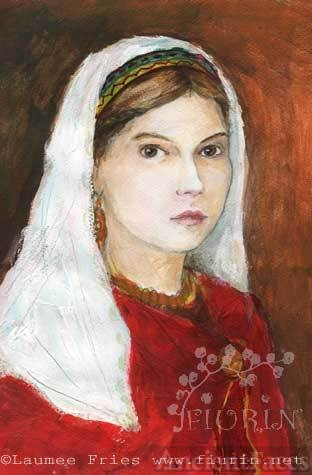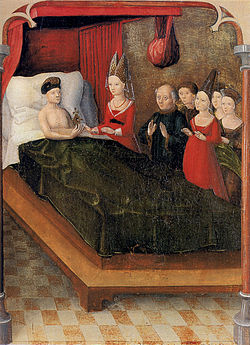
The new alphabet had 26.įlanders has a remarkable capacity to see nothing as inevitable.

Sumerian cuneiform, for example, an ancient form of writing in southern Mesopotamia, had 300 basic symbols and 1,000 more complex ones. Traders, soldiers and mercenaries – an uneducated lot – needed to write things down but simply didn’t have time to learn the thousands of symbols that other written languages required.

But the move from organising things by hierarchy, religious faculty or chronology – in other words, by systems that required education – to one that anyone literate could use was, Flanders argues, an egalitarian triumph.īetween 25BC, the world’s first alphabet was born in the western desert of upper Egypt. Today, putting library books in alphabetical order seems a neutral choice. In A Place for Everything: The Curious History of Alphabetical Order, the popular historian paints alphabetisation as one of our most radical acts. Judith Flanders has a knack for making odd subjects accessible – just read her 2003 compendium of 19th-century domestic life The Victorian House, in which she explains in detail how to keep floors and linen free of cockroaches.


 0 kommentar(er)
0 kommentar(er)
